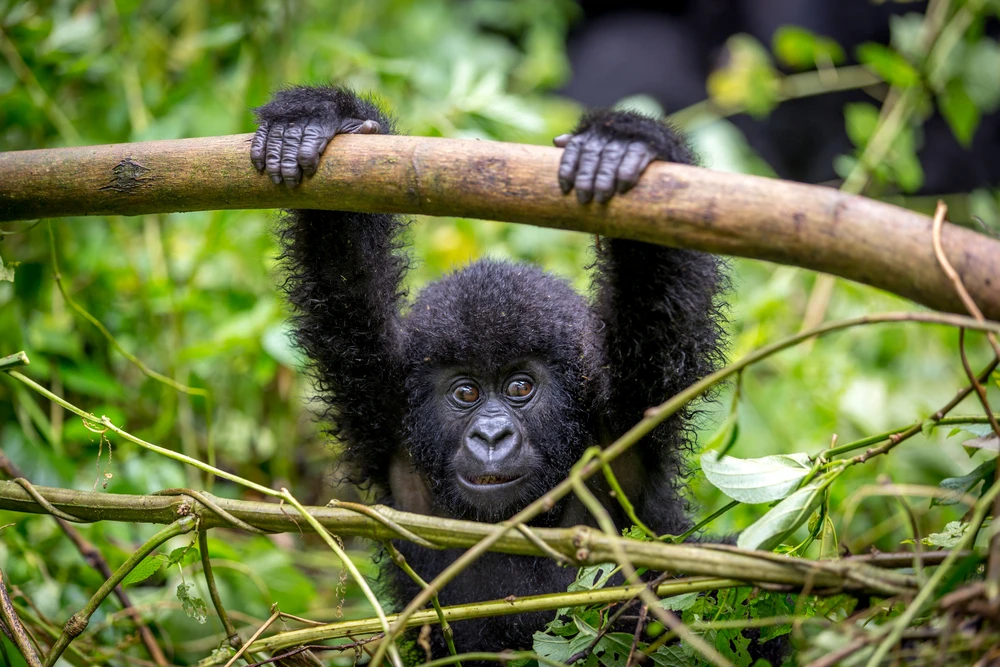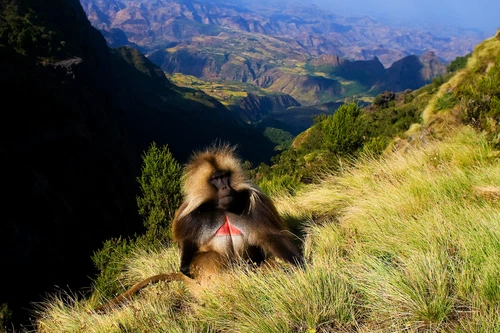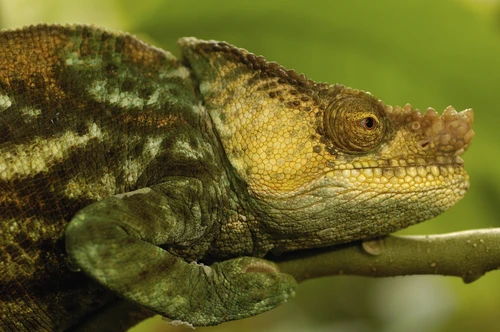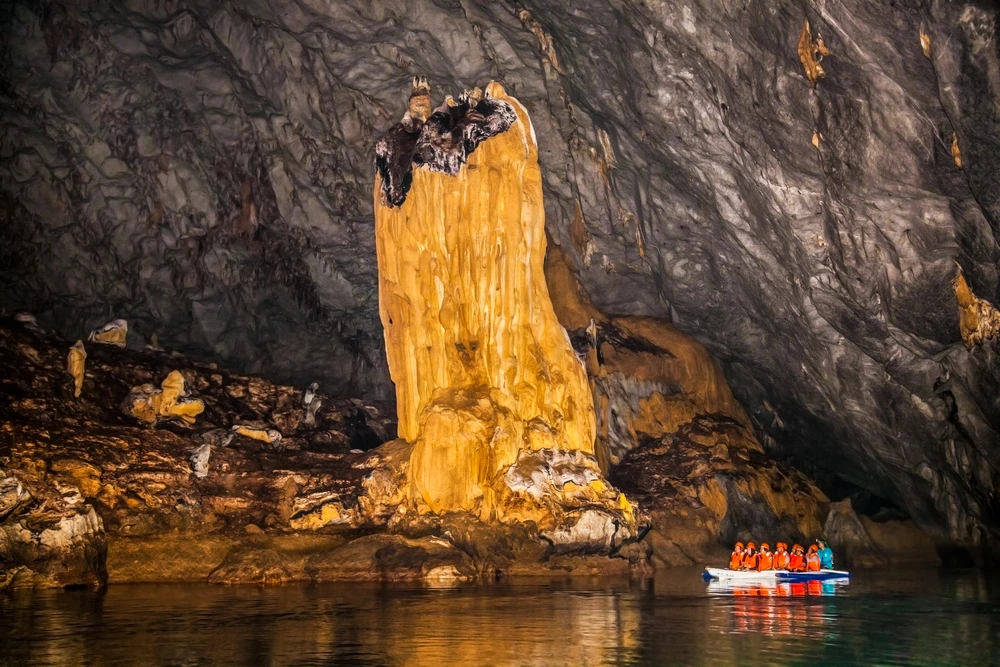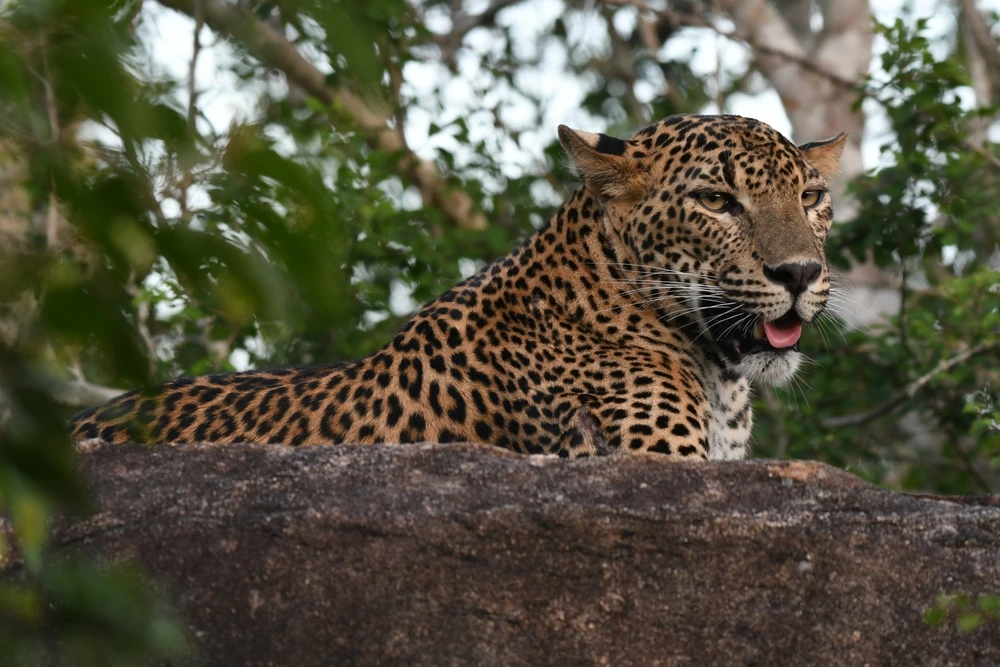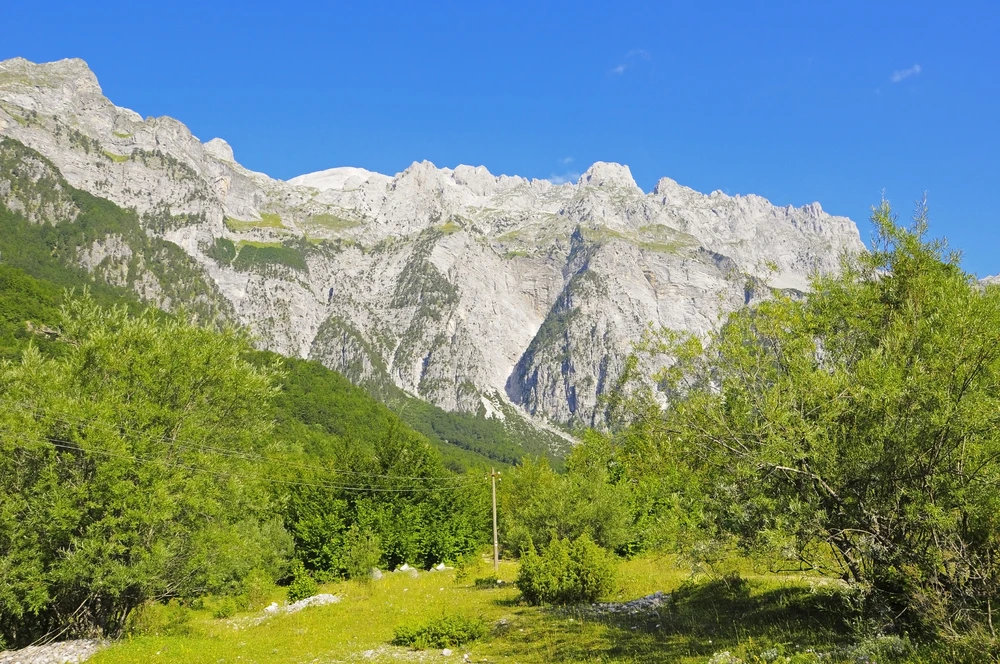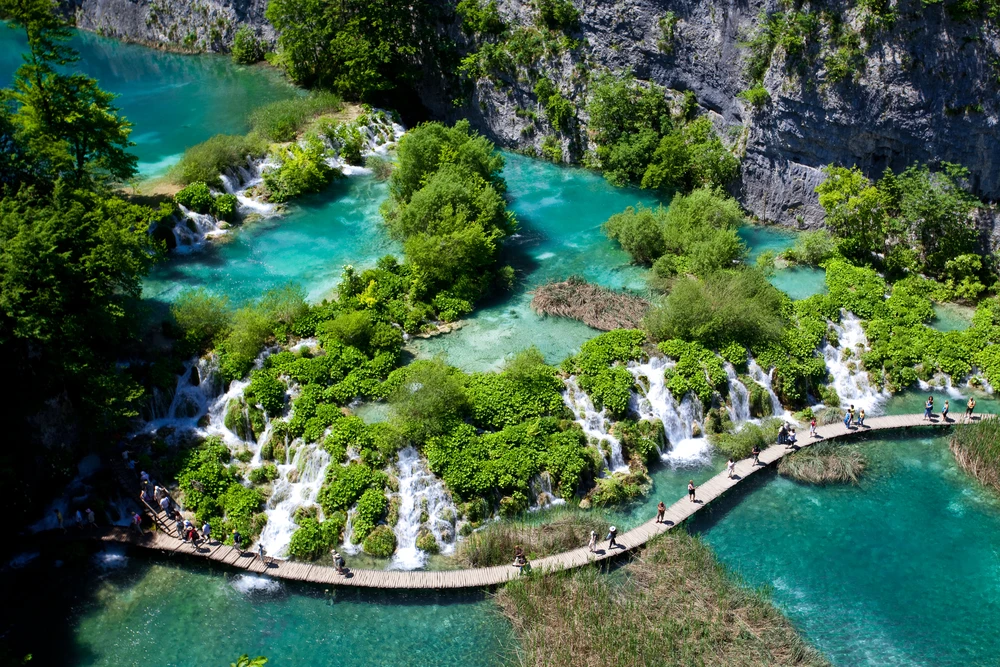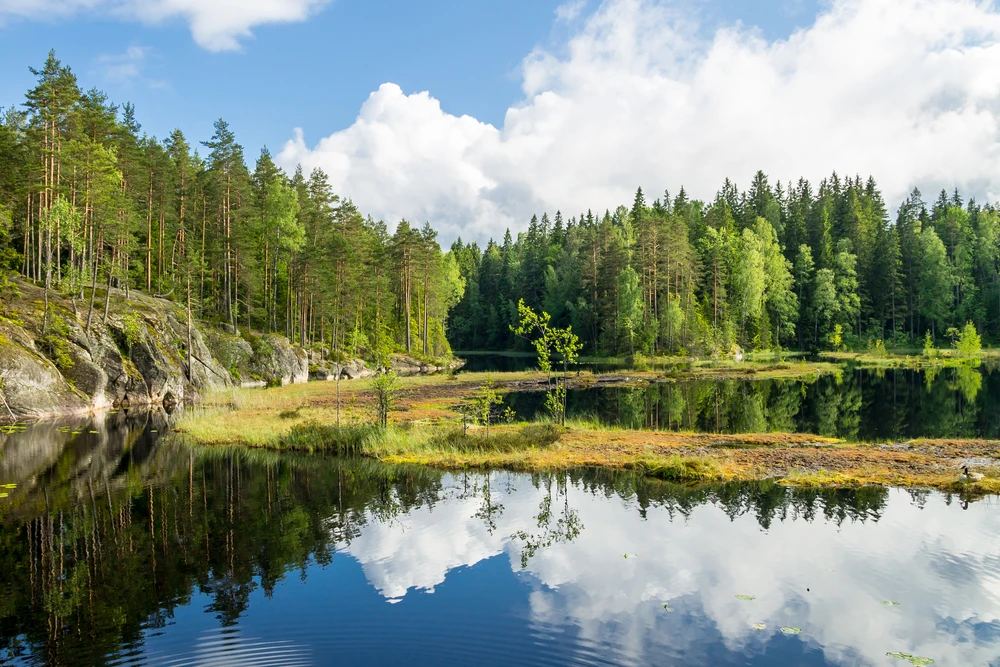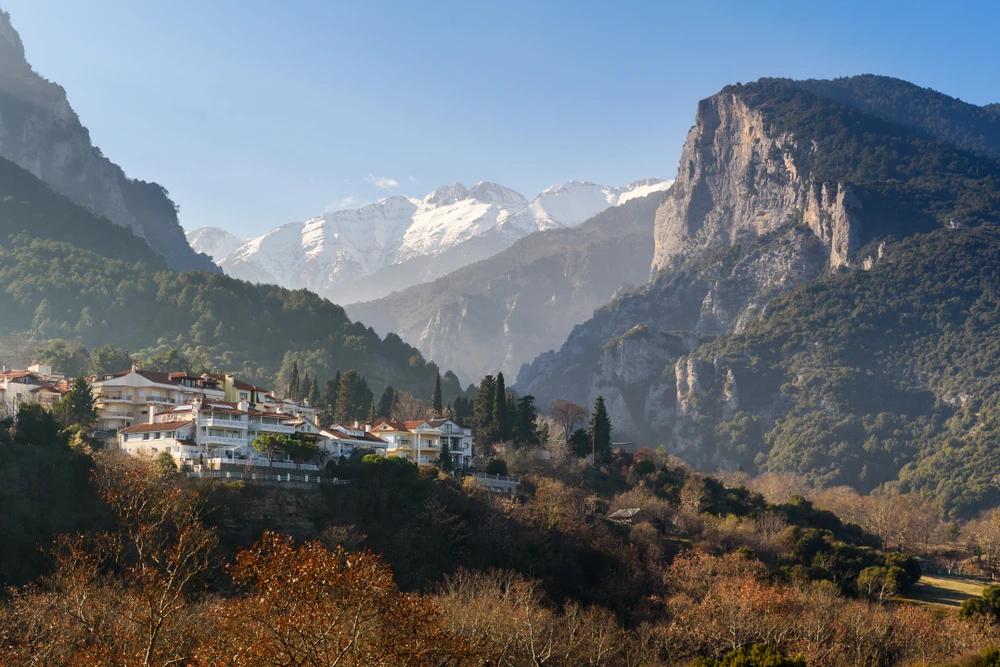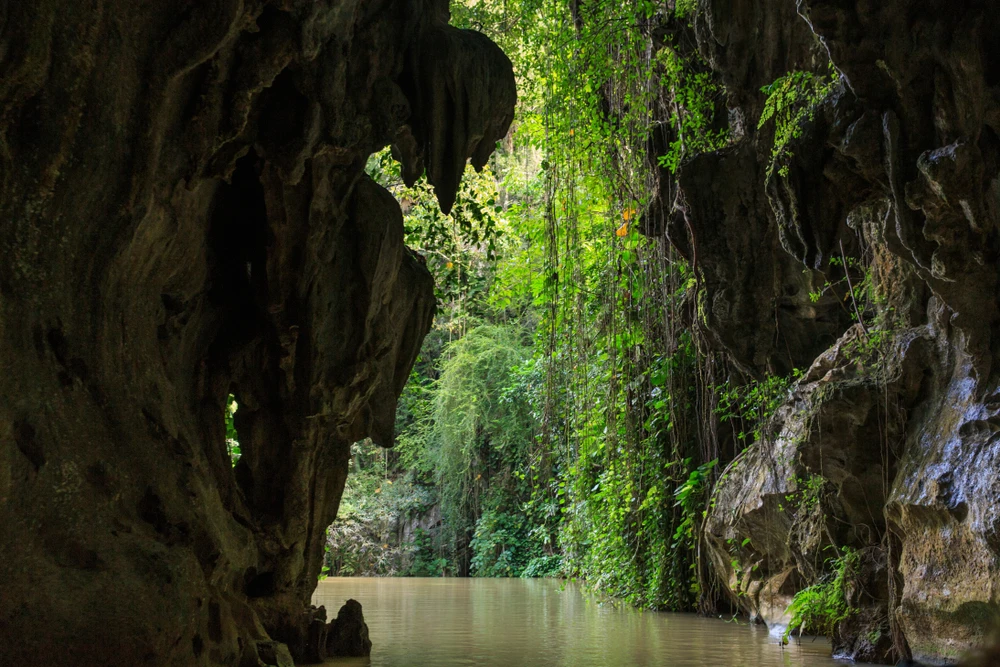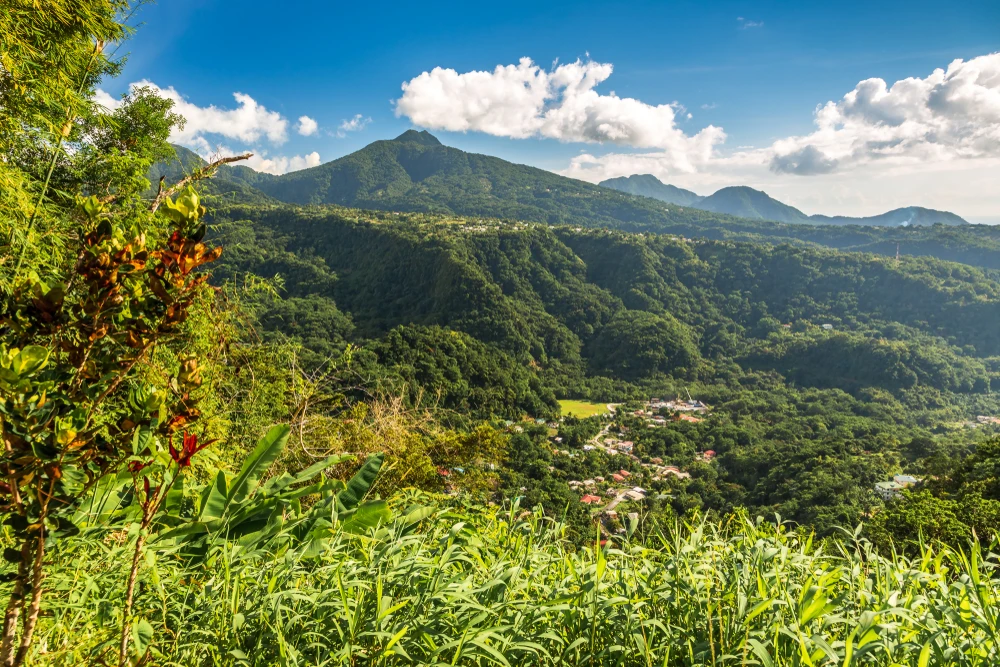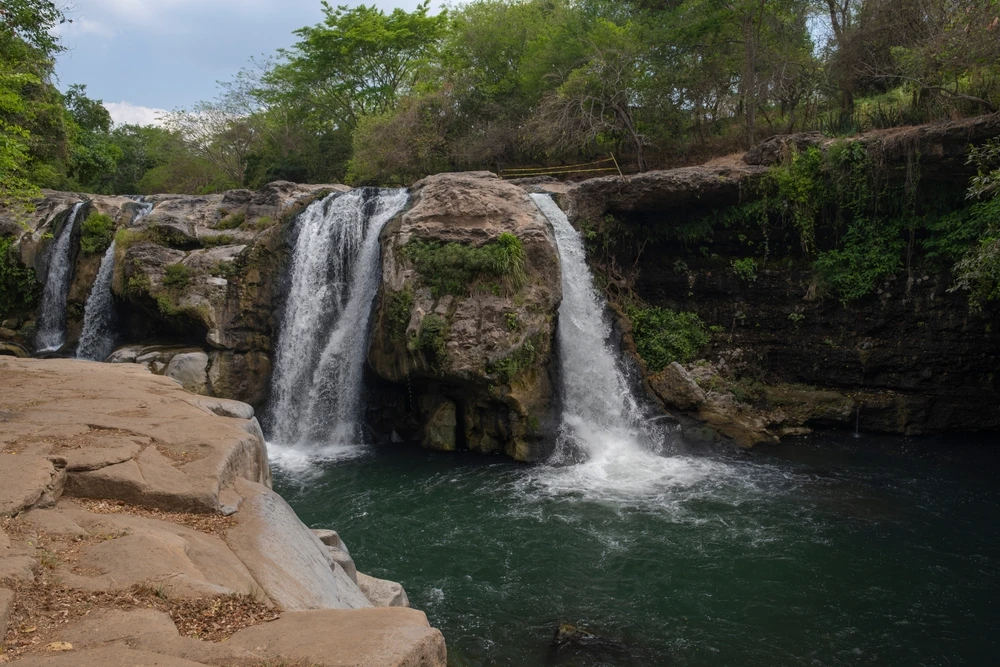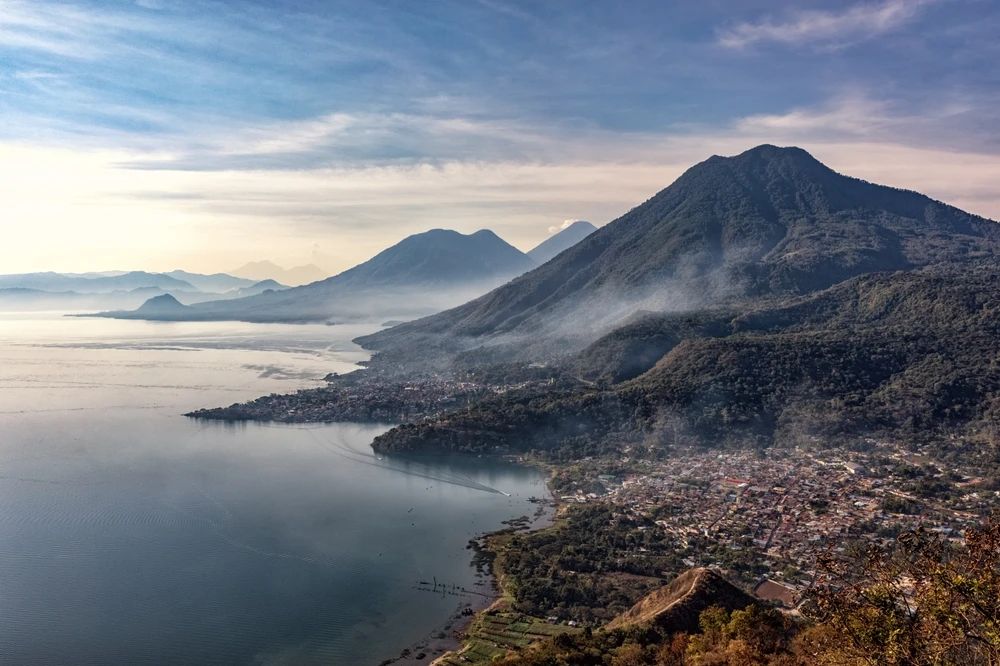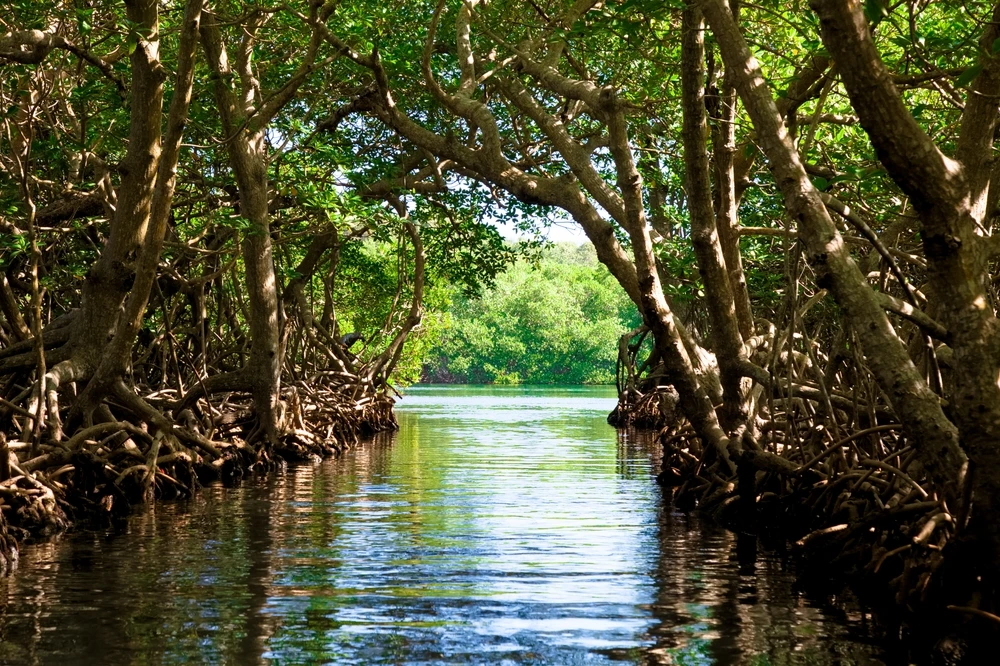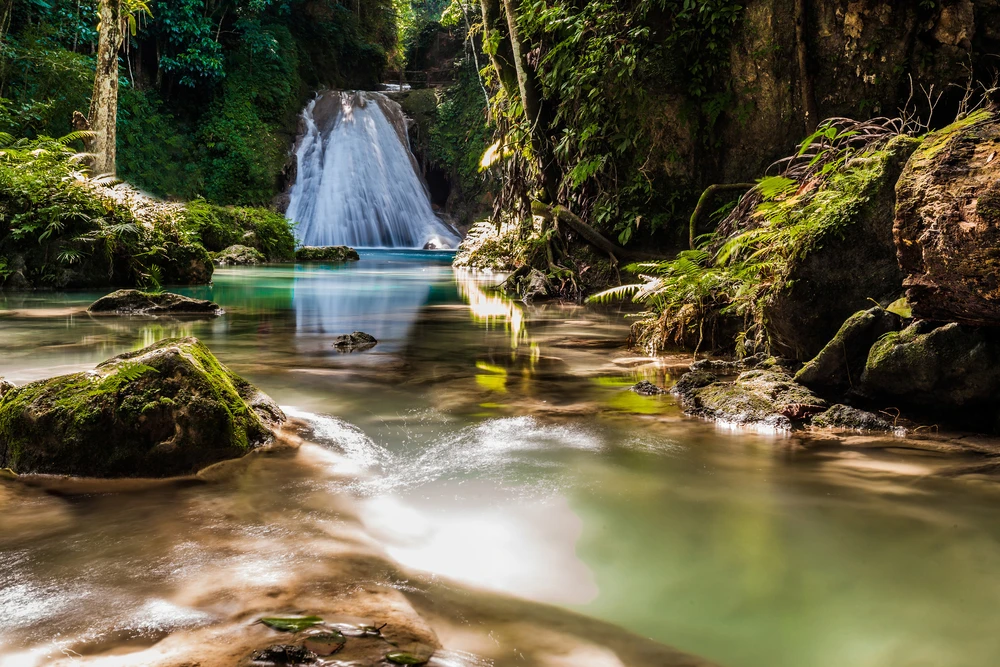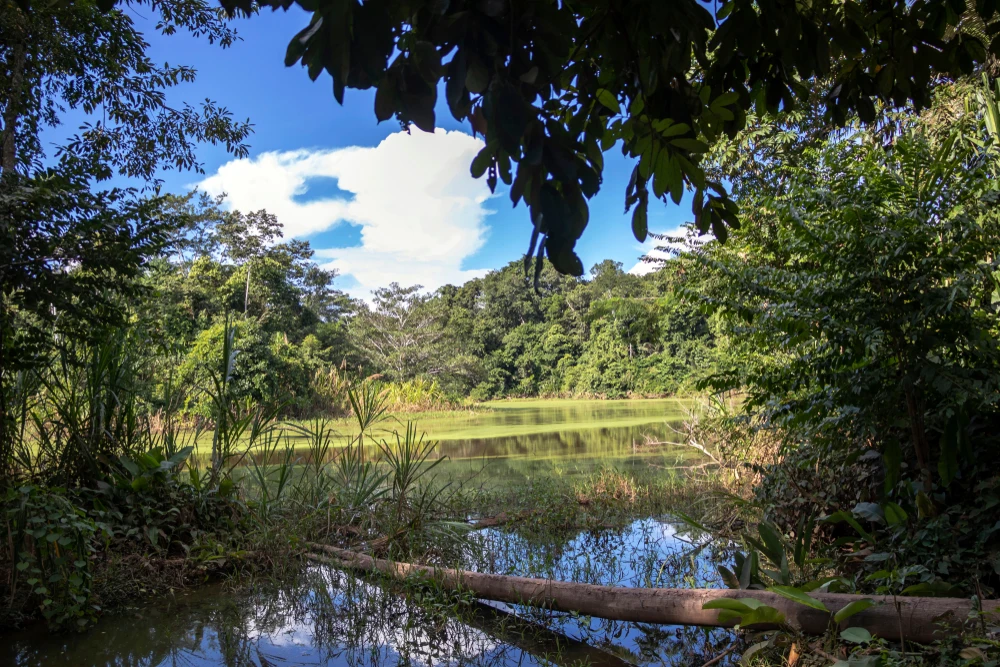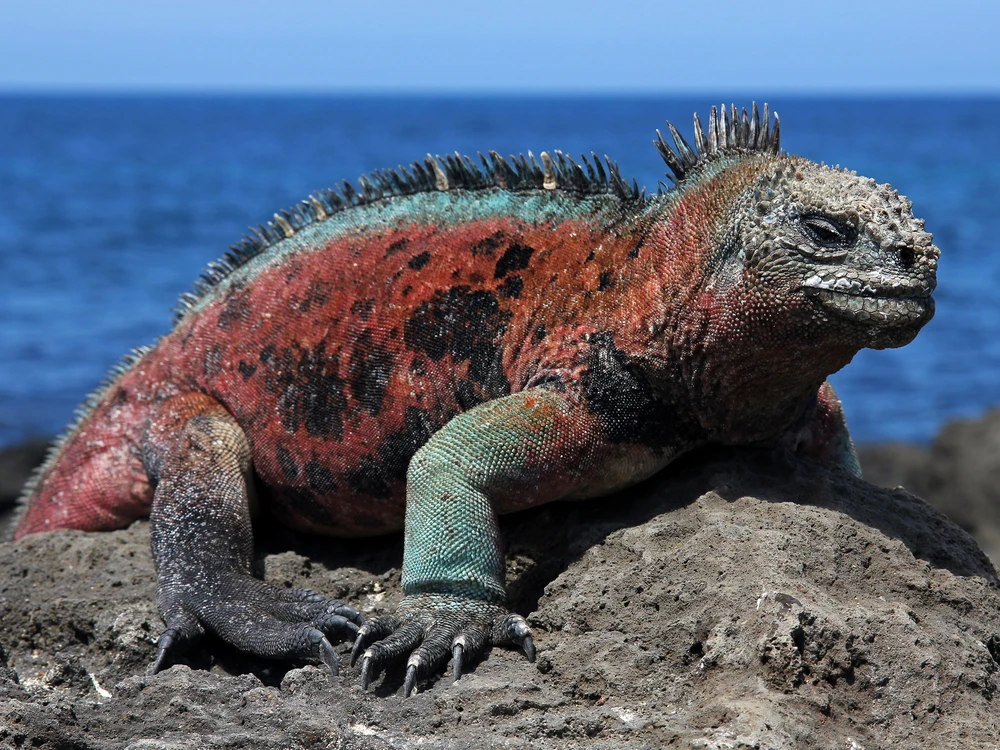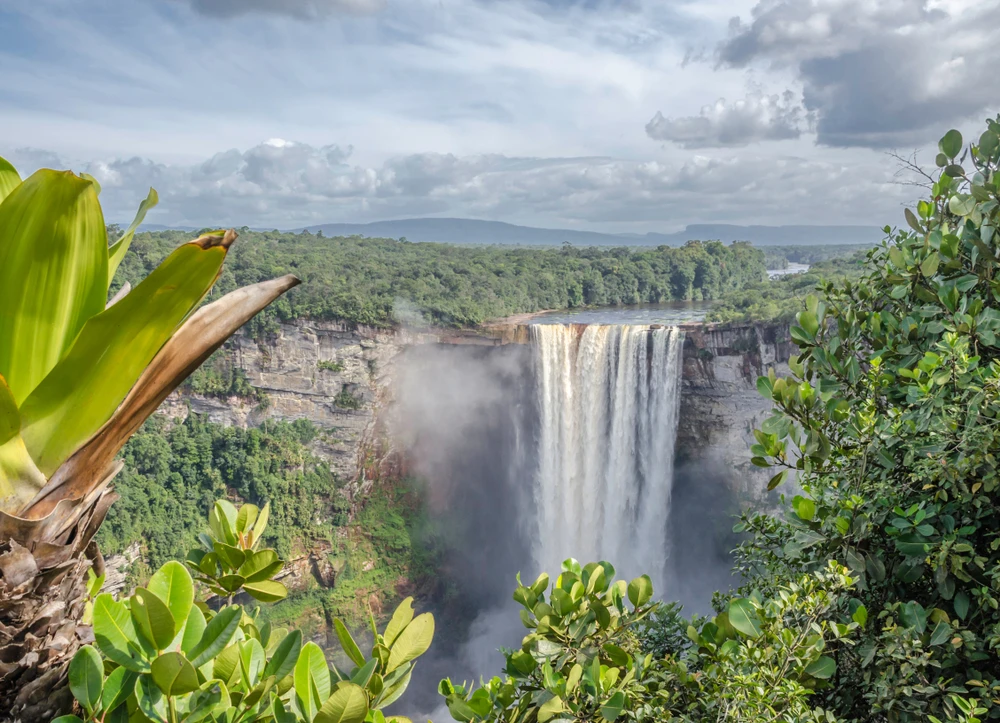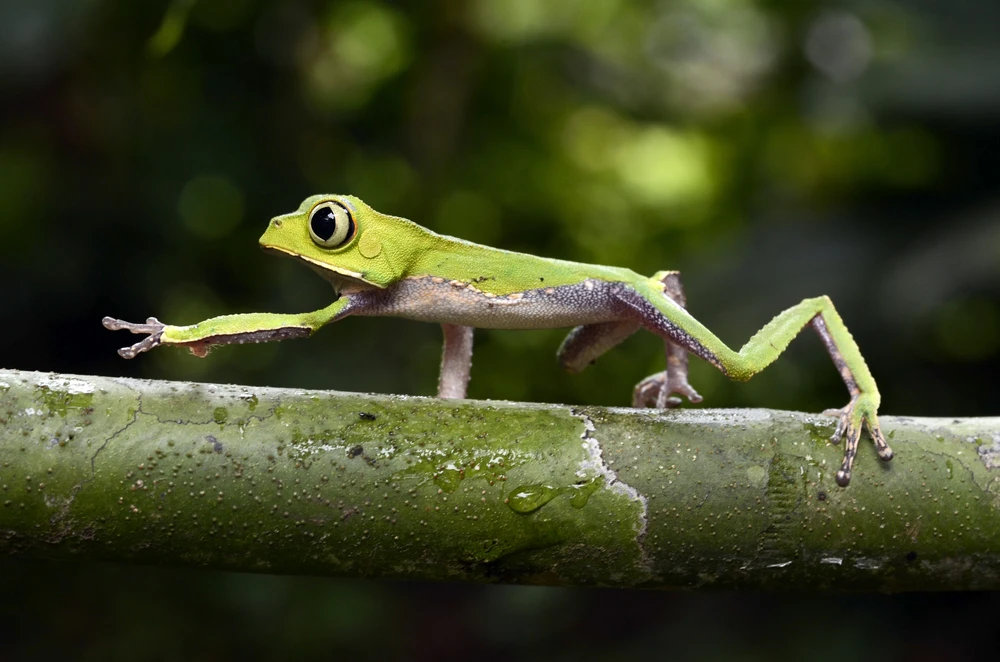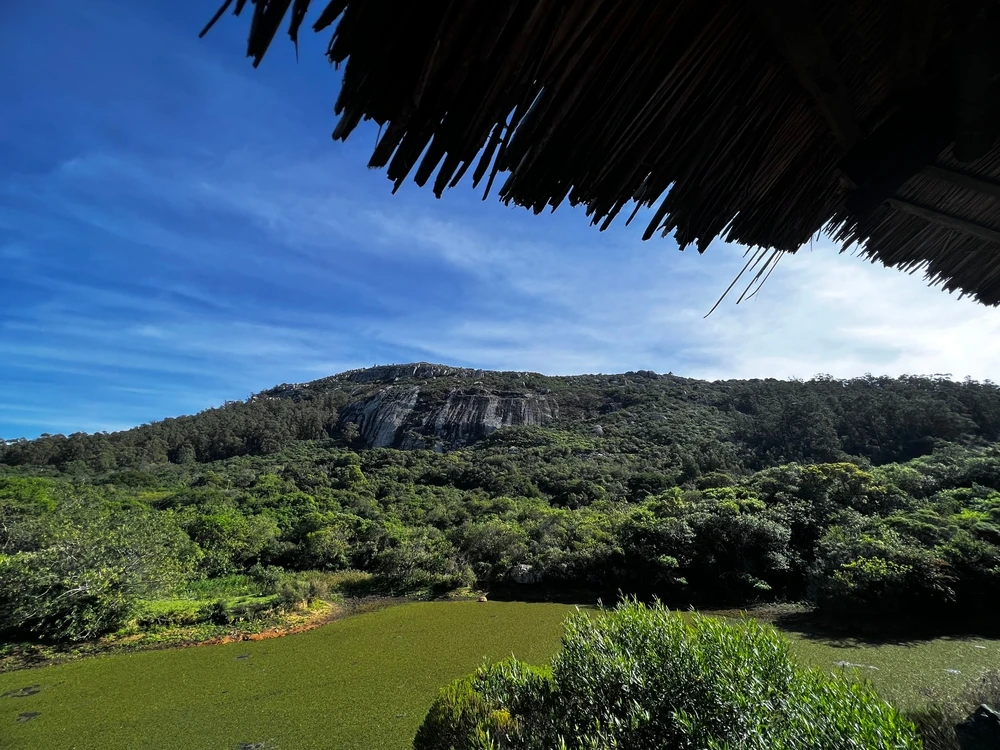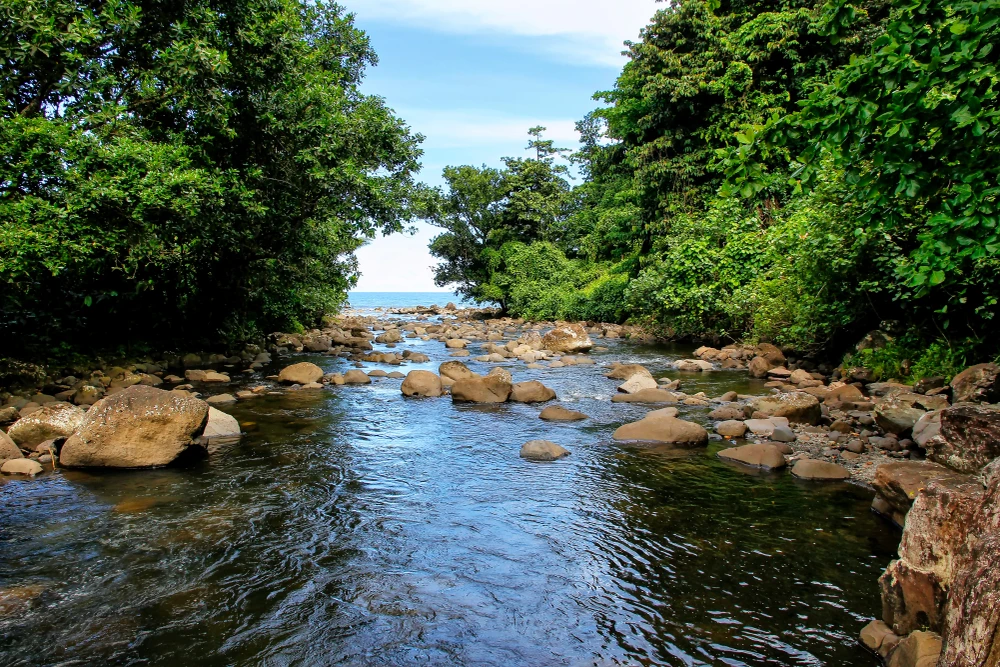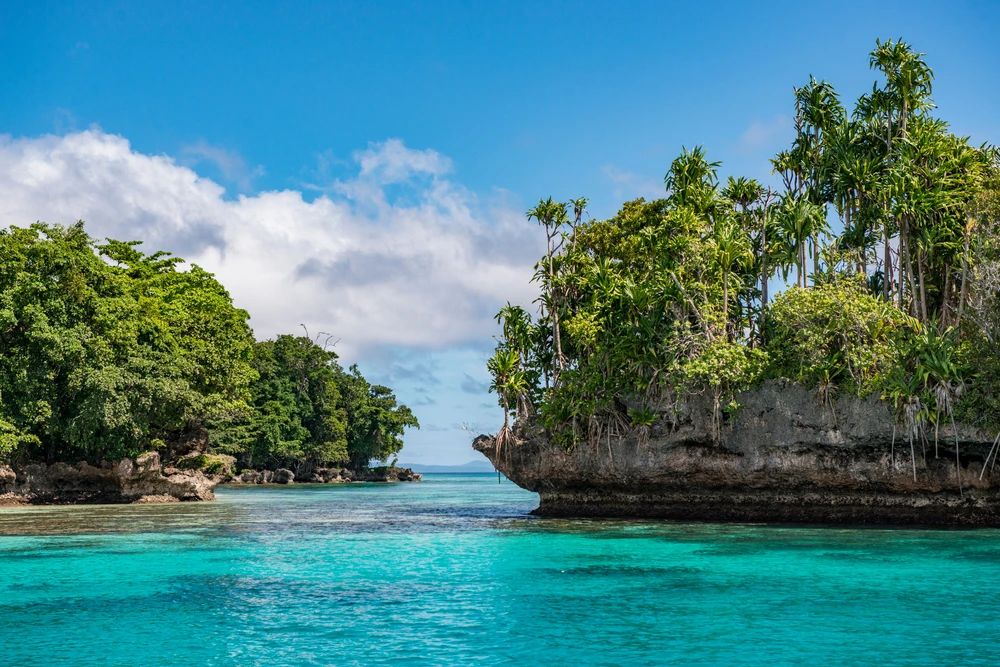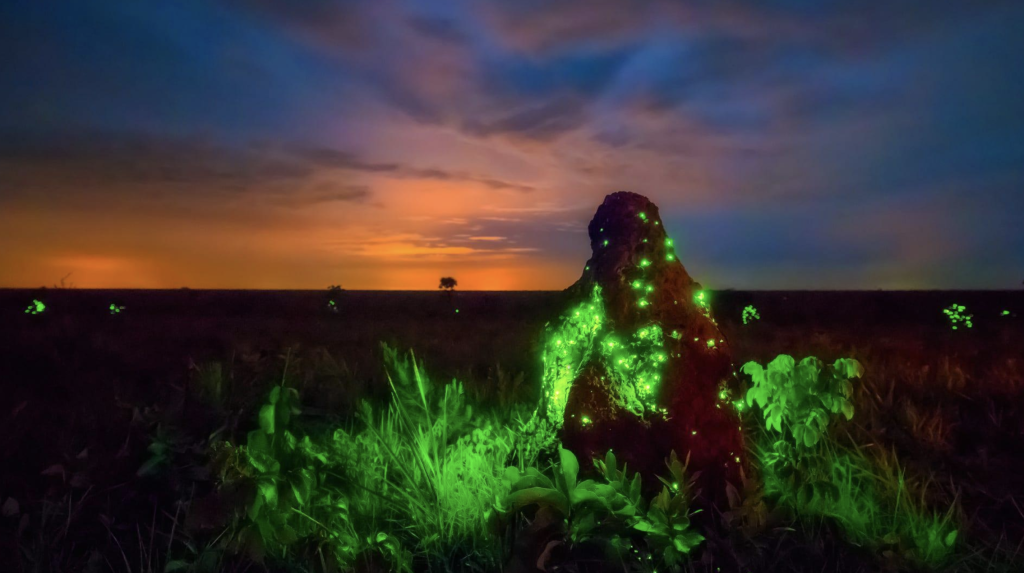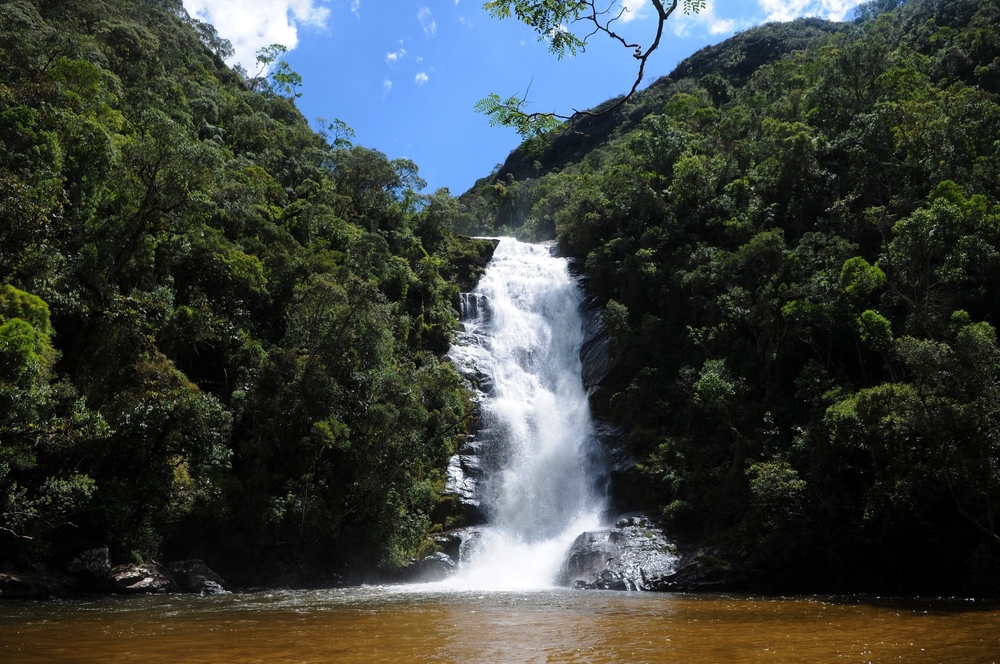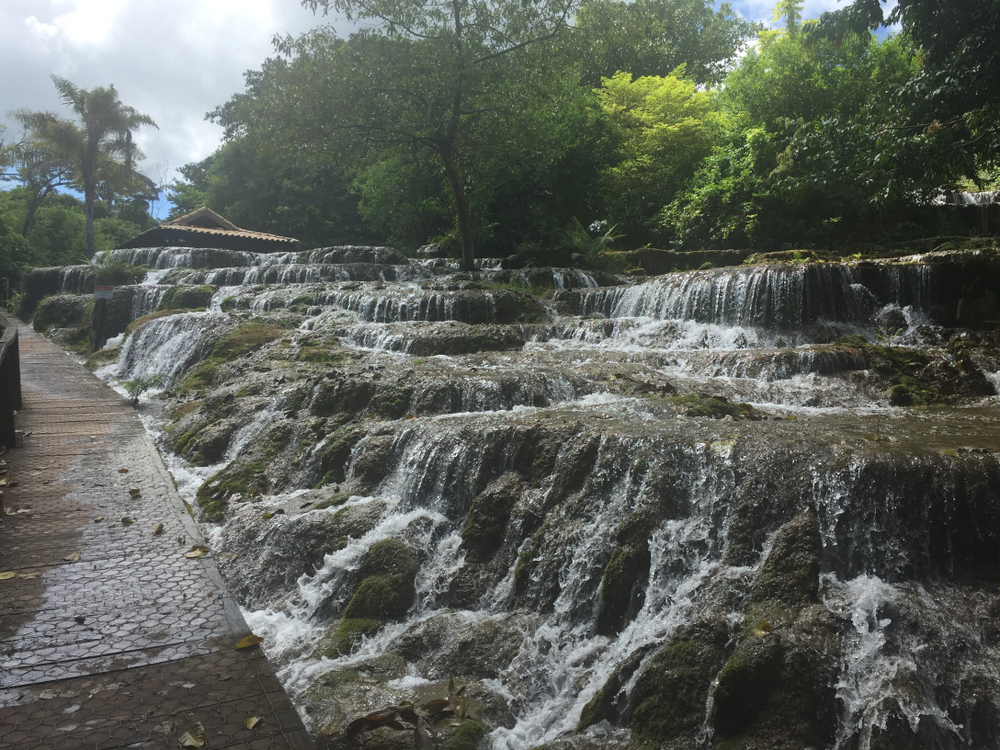Serra do Gandarela Overview
Serra do Gandarela National Park, or Parque Nacional da Serra do Gandarela in Portuguese, is a protected area in the state of Minas Gerais, Brazil. Covering approximately 121 square miles (313 square kilometers), the park is located within the southeastern region of the country, near the metropolitan area of Belo Horizonte.
It was established to preserve a critical portion of the Atlantic Forest and Cerrado biomes, which are rich in biodiversity and water resources. The park also plays an essential role in protecting the water supply of millions of people in the region, as it encompasses important aquifers and river sources.
The terrain of Serra do Gandarela National Park is characterized by rolling hills, rugged mountains, and deep valleys. The highest peaks in the park reach elevations that provide breathtaking panoramic views of the surrounding landscape. The area is dominated by quartzite rock formations, limestone outcrops, and cave systems that contribute to its ecological significance.
The vegetation includes lush Atlantic Forest in the lower elevations, while the higher areas transition into campos rupestres, or rocky grasslands, that are home to a variety of endemic plant species. The park is also dotted with numerous waterfalls and streams, making it a visually stunning and ecologically important region.
Serra do Gandarela National Park is home to a diverse range of wildlife, including several endangered species. Among the mammals found here are the maned wolf, ocelot, and the rare northern muriqui, which is one of the largest primates in the Americas. Other species include the giant anteater and puma, which roam the forests and open landscapes.
The park is also an essential habitat for bird species, with highlights such as the helmeted manakin, the cinnamon-vented piha, and various species of toucans and parrots. The diverse ecosystems provide refuge to numerous amphibians and reptiles, some of which are unique to the region.
One of the park’s most popular features is its network of pristine rivers and waterfalls, which attract visitors looking for natural beauty and relaxation. The clear waters of the Rio das Velhas and other tributaries support an abundance of aquatic life and serve as an important water source for nearby communities.
The park is also known for its extensive cave systems, which are of interest to geologists and spelunkers. These caves, formed by the dissolution of limestone, house unique rock formations and serve as habitats for a variety of bat species and other cave-dwelling organisms.
Visitors to Serra do Gandarela National Park can explore its landscapes through hiking trails that offer different levels of difficulty. These trails take visitors through lush forests, rocky outcrops, and waterfalls, providing opportunities for photography, birdwatching, and wildlife observation.
Some of the park’s more accessible areas allow for picnicking and swimming in natural pools. Although infrastructure within the park is limited, it remains a favored destination for nature lovers, adventure seekers, and conservation enthusiasts.
The park faces conservation challenges, primarily due to mining interests in the region. Iron ore extraction has historically threatened the delicate ecosystems, leading to concerns about water contamination and habitat destruction.
Conservation groups have worked to mitigate these risks by advocating for stronger protections and sustainable land use practices. The establishment of the park itself was a significant conservation victory, as it provided legal protection to one of the last remaining intact landscapes in the region.
Efforts continue to ensure that the park’s biodiversity and water resources remain safeguarded for future generations.


